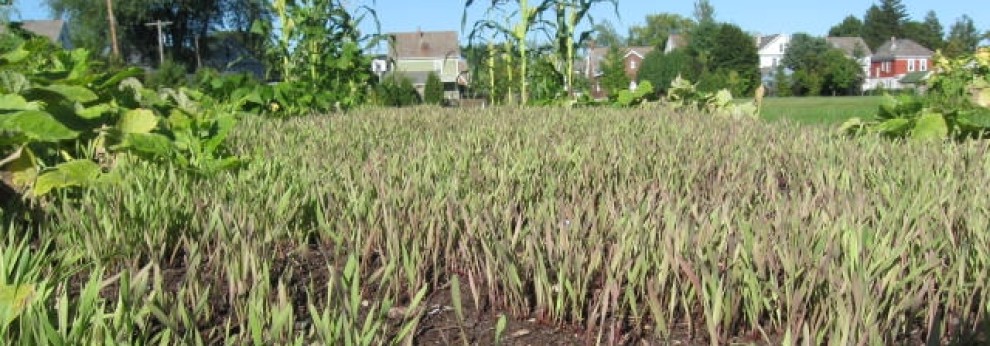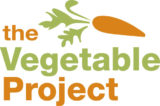 We would like, no, make that we are preparing – to build teaching and learning around doing and touching and tasting and experiencing on a scale that we have never done before. But we sure could use help!
We would like, no, make that we are preparing – to build teaching and learning around doing and touching and tasting and experiencing on a scale that we have never done before. But we sure could use help!
We would like to give about 300 Albany schools students the opportunity next month get a jump on spring by making their own miniature greenhouse out of a plastic gallon jug. We envision doing this during the school day in classrooms. We are reaching  out to teachers right now to invite participation. The actual steps are rather simple for adults with a modicum of experience handling tools. But we really need to provide kids with something close to one-to-one guidance through the 10- or 15-minute-long process. So, the more pairs of volunteer hands we have on the team, the better.
out to teachers right now to invite participation. The actual steps are rather simple for adults with a modicum of experience handling tools. But we really need to provide kids with something close to one-to-one guidance through the 10- or 15-minute-long process. So, the more pairs of volunteer hands we have on the team, the better.
Won’t you please consider pitching in for maybe an hour or two or three? Please drop a line, if you would, to [email protected] and we’ll make arrangements to talk and then spend time together making one or two for practice.
We will start seeds for hardy plants or at least somewhat cold-tolerant plants in these greenhouses. Such seeds should not mind being outside in the cold until conditions permit germination. Follow-up hands-on opportunities for April, May and June are embedded in the plan – involving tasting, potting up and transplanting into garden beds. But again, the more hands on deck, the better.
So, what exactly is required to turn a simple milk jug or water jug into a miniature greenhouse?
We perforate the upper portion of the jug with a hand-held drill to allow precipitation in and we perforate the bottom to allow excess water to escape. We cut horizontally with either a boxcutter or pair of scissors nearly all the way around jug, leaving just enough plastic intact beneath the handle to serve as a hinge. We wet potting mix and fill the bottom part to a depth of two or three inches. We scatter seeds on the top of the potting mix and cover the seeds with a bit more potting mix. We tape the jug back closed. And we set the jug outside (letting kids take them home if they want and assuming plenty we’ll be left behind for our gardens).
And that’s it.
What’s in it for the kids and their teachers? At minimum, the hands-on experience with tools that is nearly guaranteed to engage, but also exposure to some science and opportunity to make a connection between the field where food is produced and the table where it is served.
Many thanks to friends who have helped us get to the point that we can try this!
–Bill Stoneman



